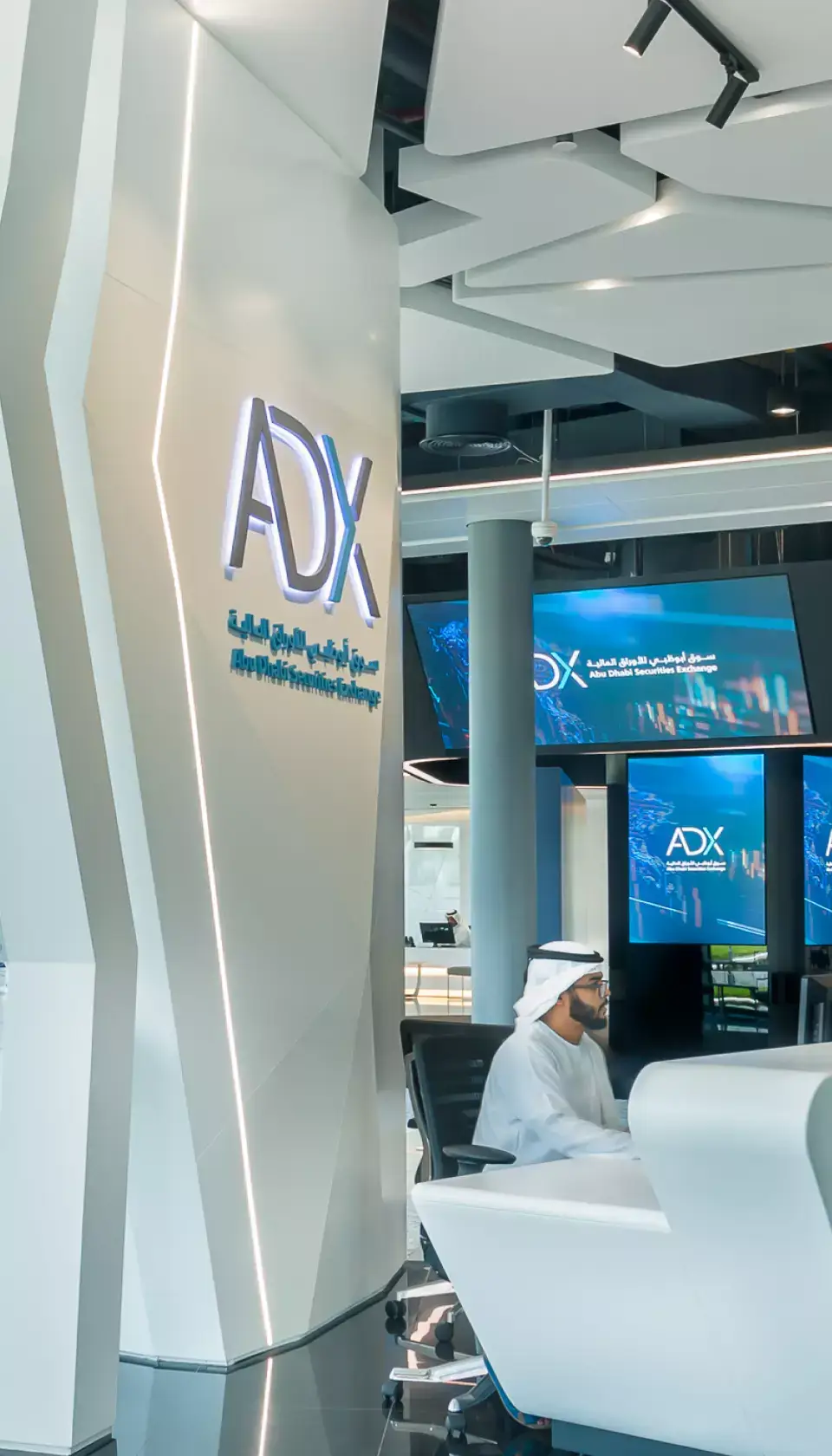In a world where AI is no longer a promise, carefully weighing investment options is crucial to secure long-term value and ensure real-world impact
Artificial intelligence is expected to contribute more to the world’s economy by 2030 than the combined current economic output of India and China, according to a report on AI published by PwC.
As AI drives innovation across industries, from health care and finance to energy and manufacturing, it is poised to generate $15.7 trillion in economic value reshaping not only businesses but also redefining the very fabric of the global workforce and society.
Investors are now at a juncture: should they focus on investment in AI adopters – established companies integrating AI into their operations – or in AI developers, those creating the technologies of tomorrow? The reality is that embracing both is not only crucial for securing long-term value for investors but is also essential for the development of the broader AI ecosystem and its continued evolution.
Immediate gains or long-term returns?
There are advantages to investing in AI adopters. According to a Stanford report on Artificial Intelligence, 42 per cent of companies scaling AI across their business operations experience cost reductions, while 59 per cent report revenue increases. AI is no longer a promise, but a reality driving tangible results and return on investment.
Conversely, investing in AI developers is a bet on the future. Technologies such as autonomous vehicles and quantum computing are set to disrupt existing industries and create entirely new ones. While the path to commercialisation is complex, involving regulatory hurdles and market validation, the potential upside is substantial. The uncertainty of which technologies will succeed and when they will do presents a challenge. However, for investors with the right risk appetite – such as Sequoia Capital's early investments in Nvidia – the returns can be stellar.
In my view, the real opportunity lies in balancing investments in both. In practice, this involves aligning investments with market conditions and the life cycle of AI technologies.
As a sovereign investor with a focus on value creation, ADQ’s journey has included investments in AI developers as well as infrastructure, and the deployment of relevant cutting-edge AI technologies throughout our portfolio has been a priority for many years. Like other investors, we are weighing the complexities of AI investment options to ensure we stay future-ready.
We recently commissioned a research paper in partnership with Economist Impact that explores the drivers for investment in both AI developers and adopters, and the importance of balancing the two to generate returns across the AI ecosystem.
By understanding the dynamics of adopters and developers, investors can structure their portfolios to capture immediate gains while securing long-term growth opportunities, with adopters leveraging AI’s current applications, offering more timely returns, while developers hold the key for future breakthroughs.
Considering the real-world impact of AI
When looking to developers for investment, it's important to identify which industries are benefiting the most from utilizing AI solutions. Consider the transport and logistics sector, where freight carriers often see margins as low as 2 per cent. According to a report by PwC on GenAI, research has shown that the immediate adoption of AI in areas such as route optimisation can lead to an average uplift of 1.8 percentage points, potentially almost doubling margins.
In public services, AI is revolutionising water desalination. By deploying predictive algorithms, AI can optimise plant efficiency, anticipate maintenance needs, and reduce operational costs – resulting in more sustainable and resilient water management systems that can adapt to growing demands. Significant value is also being created in the renewable energy sector, where AI is leveraged to optimise grids and bolster the adoption of green power sources.
And agriculture is arguably a field where AI can yield some of the most tangible benefits: precision agriculture, powered by AI, has brought on the dawn of a revolution in farming.
In contrast, while the healthcare industry presents significant potential for AI adoption, particularly in clinical settings, challenges such as regulatory hurdles and the slow pace of institutional change remain.
AI developers, especially those focusing on generative AI for drug discovery or improving patient care processes, offer promising investment opportunities because of the possible breakthroughs that have the power to disrupt the sector. Already today, AI applications in healthcare deliver significant benefits in fields such as medical imaging analysis, patient monitoring and remote care, or drug discovery and development.
Last but not least, as adopters and developers scale, investing in AI infrastructure – for example, the energy suppliers and data centres providing the essential physical apparatus to power the growth of AI – offers a strategic opportunity to meet the rising demand for AI-powered applications across industries.
Projections by McKinsey show a capital need for data centre infrastructure exceeding $250 billion in Europe over the next five years. The appeal for investors lies in the scalable, recurring revenue models of AI infrastructure, driven by long-term demand from digital transformation in high-growth sectors reliant on infrastructure to support massive data processing needs.
A symbiotic relationship between all three categories exists and is important to recgonize for investors as they assess market opportunties and position themselves as drivers of growth in a rapidly evolving sector.
Hamad Al Hammadi is Deputy Group Chief Executive Officer at ADQ
Direct to your inbox
ADQ News and Insights delivered directly to your inbox










.jpg)


















.jpg)

















